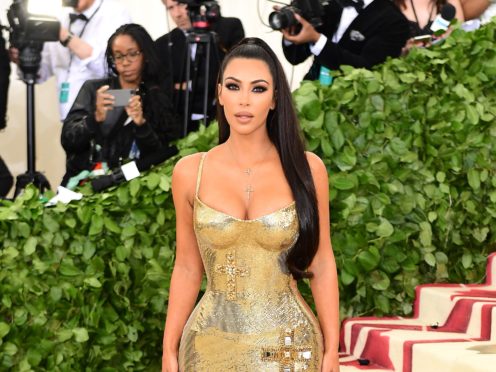Kim Kardashian West has denied allegations of cultural appropriation after naming a new item of clothing Kimono.
The reality TV star was criticised for her new shapewear collection featuring a piece called Kimono, a play on her name but also the name of a traditional Japanese garment.
Many said associating kimonos with underwear was disrespectful and constituted cultural appropriation.
This is a new approach to shapewear: Offering real solutions in 9 shades and sizes XXS-4XL, @kimonobody celebrates and enhances the shape and curves of women. Each piece is designed with soft yet supportive fabrics for everyone to feel their most confident. #KimonoBody pic.twitter.com/Cr81BqiLT4
— Kim Kardashian West (@KimKardashian) June 25, 2019
In a statement to the New York Times, Kardashian West said she wanted the name of her shapewear to “nod to the beauty and detail” that goes into a kimono.
She added: “I understand and have deep respect for the significance of the kimono in Japanese culture.
“My solutionwear brand is built with inclusivity and diversity at its core and I’m incredibly proud of what’s to come.”
Kardashian West, 38, said she had no plans to change the name of the garment.
The kimono is a traditional Japanese robe that features long wide sleeves and an accompanying sash, called an obi.
According to the Victoria & Albert museum, the term “kimono” was first used in the mid-19th century and means “the thing worn” – but as an outfit, it dates back even further.
